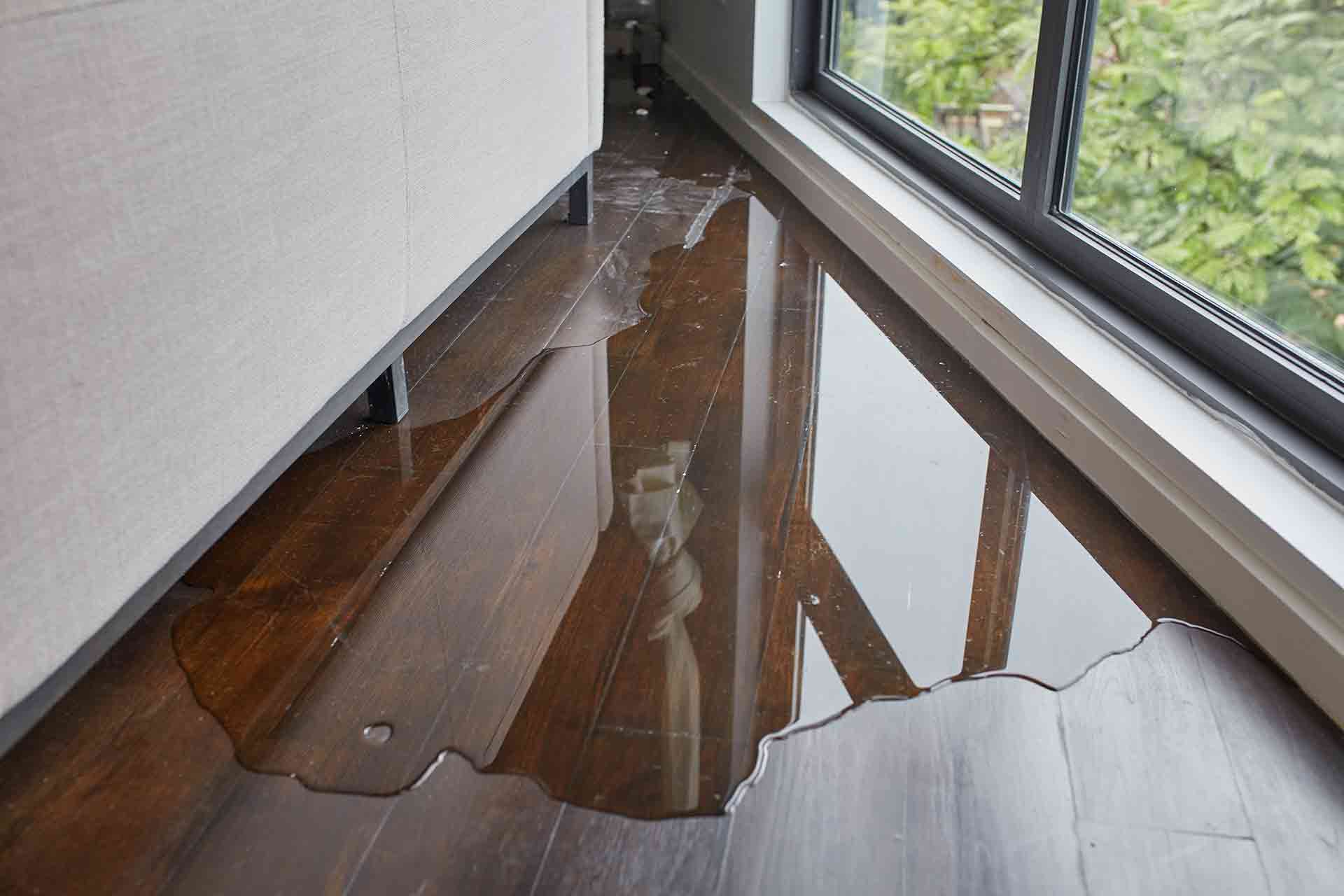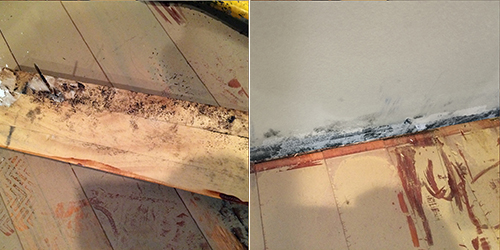We have encountered this article on How to Prevent Bathroom Water Damage directly below on the web and thought it made perfect sense to write about it with you in this article.

The restroom is extremely prone for moist build-up as well as potential water damage as a result of the regular use of water in it. This write-up provides simple examination methods to help identifying water damages hazards.
The constant use of water in the bathroom makes it very vulnerable for wet accumulation as well as potential water damages. By inspecting it frequently, you can reduce water associated problems.
The following collection of inspections is simple to execute as well as must be done once in every three months in order to maintain your bathroom healthy and also to prevent prospective water problems triggered by the bath tub, the shower, pipeline joints and plumbing, sinks, cupboards, and also the toilet
Do not disregard executing these inspections and be complete while executing them. Keep in mind that these basic examinations can save you a lot of cash by giving very early indicators for water damage
Sinks and Cabinets
Sinks and also closets are revealed to wetness as well as humidity day-to-day and also are commonly neglected. Evaluate consistently under the sink as well as on the countertop over it. Fix any kind of drip in the catch as it may suggest drain troubles. Check out the sink, slow-moving draining pipelines may indicate a blocked drainpipe. Change sink seals if they are split or loose.
Tub and Shower
The shower and bath tub call for special attention and upkeep. Examine the ceramic tiles and change if fractured. Make certain that there is no missing out on cement in between the floor tiles. Check as well as replace broken caulking at joints where the walls satisfy the floor or the tub. Clogged drains as well as pipelines troubles will prevent the tub from drying out and also may indicate severe troubles under the bathtub. Seek advice from a professional right away to stop structural damage. Focus on stainings or soft areas around the tub wall surfaces as they might indicate an interior leakage.
Plumbing
Signs for water damages are tough to detect considering that the majority of pipes are set up inside the wall surfaces.
Pay unique attention to floor covering and also walls wetness and also stains as they may suggest an invisible plumbing issue. Examine moisture degrees in adjoining spaces too.
The Toilet
The commode is a vulnerable water joint. Examine the water lines and also search for leakages around the commode seat, in the hose pipe, as well as under the water tank. If you discover any kind of signs of wetness on the flooring around the toilet, check for leakages in the toilet edge and also storage tank seals.
Realize that hanging bathroom dish deodorants boosts the chances for blockages.
Water Damage Signs In The Bathroom To Avoid Cleanup
Musty smell
This is one of the easiest signs to catch because musty smells are so odorous. The damp, earthy, moldy smell should be a big red flag. The smell will develop when moisture gets trapped in surfaces, and begins to facilitate mold growth. Leaking pipes under cabinets, inside walls, and behind shower fixtures will cause moisture to stay trapped and not dry, which will lead to mold growth and spread. As soon as you notice any musty smells in your bathroom, have it checked for hidden water damage and cleanup signs.
Visible mold
If the smell isn’t there to give it away, sometimes you will actually see mold growth. Finding mold in your bathroom is a serious problem, because mold is very harmful to your health. By the time mold growth is visible, it also means that water damage has already occurred and been present for some time. The only way the mold problem can be resolved is to find the source of the moisture and get it stopped. To safely and adequately remove mold, you need to have professionals handle the remediation. Do not waste any time in getting mold problems addressed, fixed, and sanitized so that you can protect you and your family from the many respiratory symptoms caused by mold exposure.
Damaged floors
Bathroom floors should be able to withstand some exposure to water while still remaining in good condition. However, when excess exposure or water leaks occur, they will begin to damage even the most water-resistant flooring. If you notice any cracking, bubbling, staining, or warping on your bathroom floors, there is probably a water leak somewhere causing the distortion. If you notice areas of the floor have become softer, or even have a spongy feeling, there is probably damage to the subfloor. Subflooring is typically made up of plywood. When plywood is exposed to water or moisture, it will absorb it. Once it has become saturated, the weight of the excess water will cause the wood to swell and soften. Check the floors in your bathroom frequently to catch any of these sings before they lead to damaged subflooring.
Changes on walls
When water leaks behind walls, it will cause changes in the drywall. Peeling plaster, blistering paint, and soggy wallpaper are all good indicators that excess water is building up behind the wall. Water leaking behind drywall will cause it to swell and be soft to the tough. If you start to notice gaps along the trim of your walls, or where tile meets the wall, it could also be a strong indicator that there is a leak behind the wall. Any changes, distortion, or damage on the walls should be evaluated as soon as you notice it to prevent further water damage and cleanup.

I discovered that post about Preventing Water Damage in the Bathroom while doing research the search engines. Are you aware of anybody else who is fascinated with the subject? Be sure promote it. We recognize the value of reading our article about How to Prevent Bathroom Water Damage.
Book Services